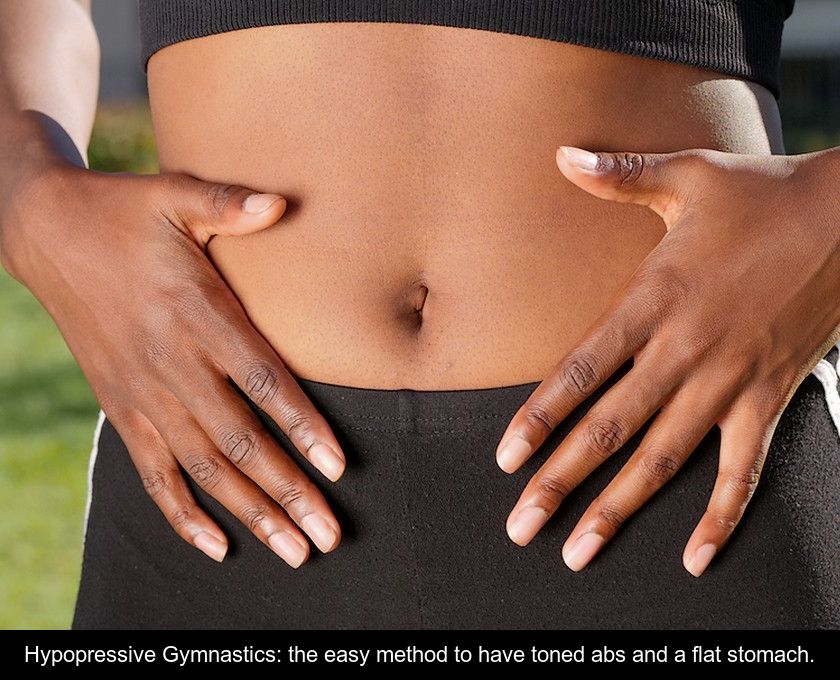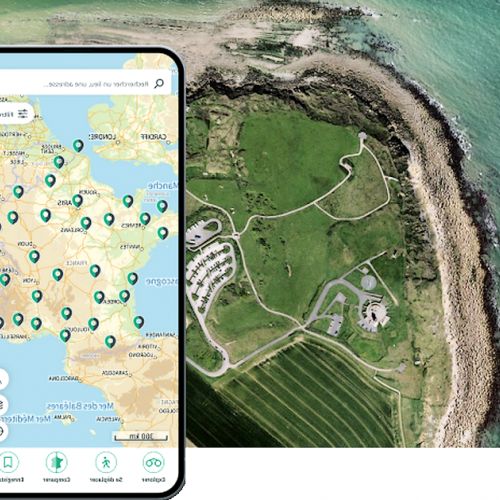Hypopressive Gymnastics: The Easy Method To Have Toned Abs And A Flat Stomach.
If you have decided to stop doing crunches to strengthen your abs, you are absolutely right! Indeed, these torso lifts with the feet trapped under the couch are dangerous for both your health and your lower back. To have toned abs and a flat stomach, it is much better to use a more effective and risk-free method: hypopressive gymnastics. We invite you to discover the principles and the numerous benefits of this respiratory and postural technique.
What is hypopressive gymnastics?
Despite its somewhat intimidating name, hypopressive gymnastics is a simple and safe method to tone the abdominal muscles.
It was created in the 1990s by Belgian physiotherapist Marcel Caufriez to prevent or correct urinary incontinence and organ prolapse during physical exertion in women.
Although it is mainly used to help postpartum women, this method is suitable for everyone and allows for toned abs and a flat stomach without harming the pelvic floor.
What are the principles of hypopressive gym?
When performing chest raises or crunches to strengthen the abs, bringing the shoulders closer to the pelvis increases pressure in the abdomen.
This movement causes the belly to swell because it pushes down on the organs supported by the pelvic floor, and that's where the problem lies! This way of engaging the abs increases the risk of incontinence or even organ prolapse. Additionally, this type of exercise also poses risks for the lower back and neck and only provides superficial results.
On the contrary, Dr. Marcel Caufriez's hypopressive gymnastics involves lifting the diaphragm as high as possible to create a vacuum in the abdomen. With this type of exercise, the organs are sucked upward and the abs contract naturally.
How to do hypopressive abs?
Hypopressive gymnastics consists of different types of exercises. But they all rely on two golden rules:
1- mobilize the diaphragm: this respiratory muscle, shaped like a vault, separates the chest from the abdomen. During exhalation, if you pull in your stomach while contracting the pelvic floor, the diaphragm rises to its maximum and the abs contract reflexively. This is enough to gently and effectively work them. Specifically, it is the transverse muscle that is targeted, the most important abdominal muscle of all because it is the deepest and most supportive for the belly.
2- lengthen the spine: to do hypopressive abs, it is also important to stretch your spine. Not only does this improve posture, but it also flattens the abdomen and helps the diaphragm lift the belly upwards, which activates the abs through reflexive contraction.
According to the principles of hypopressive gymnastics, it is important to maintain good posture throughout the day. We often tend to slouch, which hinders both breathing and the work of the abdominal muscles.
In summary, to have abs and a flat belly, it is enough, several times during the day, to lengthen oneself and exhale deeply by hollowing the belly and contracting the pelvic floor!
Note: if you are not familiar with this breathing technique, start by practicing it while lying on your back and making sure to align and stretch your spine. When starting out, it is not necessary to hold your breath for a long time. A relatively short inhalation time is enough to empty the abdomen and effectively lift the organs.
What are the benefits of the hypopressive method?
Hypopressive gymnastics has the double advantage of being effective and risk-free. As we mentioned earlier, it allows the abdominal belt to regain its tone, especially in women who have just given birth.
This method also has multiple health benefits as it helps:
• prevent lower back pain by providing support through the abdominals
• strengthen the pelvic floor and therefore prevent urinary leaks
• improve digestion and transit through internal organ massage
• activate venous return through upward suction work, relieving the sensation of heavy legs
• calm stress as diaphragm mobilization affects the vagus nerve that innervates this respiratory muscle.
What are the contraindications of hypopressive gymnastics?
When one empties the abdomen, according to the principles of hypopressive gymnastics, the pressure increases in the thorax and the brain. That's why people with heart problems or who suffer from ocular hypertension should seek medical advice before trying this method.
It is also important to know that this technique for achieving toned abs and a flat stomach mobilizes the gallbladder and can reveal the presence of gallstones. If you experience severe pain on the right side of your ribs when practicing hypopressive exercises, you may be suffering from gallstones and should seek medical attention immediately.









